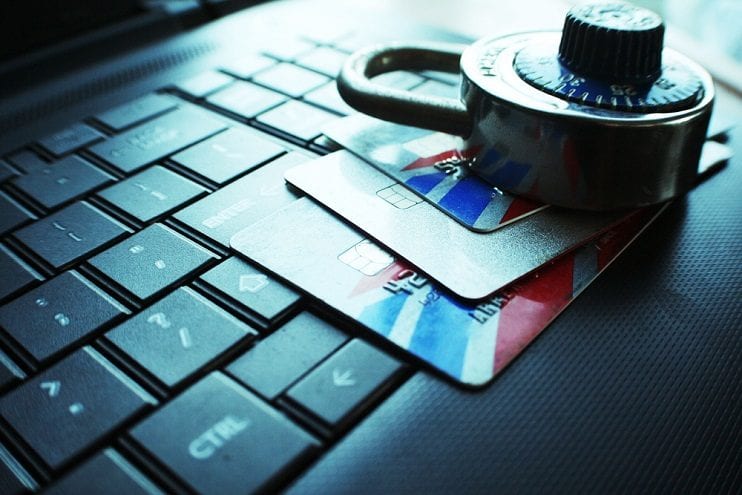How to Prevent Identity Theft

Technology makes it easier to steal someone’s identity and money. But the focus on threats from technology is opening people up to serious losses by misdirecting attention. Despite its fast growth rate, high tech identity theft is not the most serious scam you face.
The data are clear. Your greatest risk of either identity theft or old-fashioned theft is not from some anonymous computer geek in East Europe breaking into your computer via the Internet. Despite a few big headlines in recent years, your greatest risk isn’t even from the theft of a database from a financial services company. Your greatest threat is from someone you know physically taking your personal information.
A recent survey found that 26% of all fraud victims knew the person who committed the crime. Some surveys put the number higher. The criminal usually is a family member, friend, or neighbor. Most often, someone who is trusted is allowed free access to the home and picks up blank checks, a credit card, a bank statement, or other useful items.
Even when the crime is not committed by someone known to the victim, the information often was obtained in a low tech way. About 29% of victims believe their personal information was obtained through a lost or stolen wallet, credit card, or checkbook.
The bulk of such thefts probably occur through dumpster diving or stolen mail. These old-fashioned methods still are widely used because they work. Thieves go through the trash looking for old credit or debit cards, financial statements, discarded checks or deposit tickets, and other property with financial or personal information.
Some thieves simply go through a neighborhood taking mail out of mail boxes. If incoming mail is snatched, the thieves are looking for pre-approved credit card applications, new checks, and bank and credit card statements. In outgoing mail, the big bonanza is signed checks to pay bills. These give the thieves your bank and credit card information plus a copy of your signature.
Some thieves get victims to give them information. Asking people to complete surveys, applications, or sweepstakes forms is an effective way to get information.
All these techniques make old-fashioned fraud or identity theft easy. While using technology to steal IDs gets all the headlines, most media fail to report that simple check fraud is on the rise.
Fortunately, the methods for preventing fraud are as simple as the old-fashioned ways of stealing it.
Use a shredder. You should shred anything with personal or financial information before throwing it away.
Secure data. Don’t carry anything with your Social Security on it. When traveling, limit the number of credit cards and amount of personal data you carry. Don’t have your Social Security number on checks, and don’t even write the full account number on checks when paying credit card bills. Write only the last four numbers.
Opt for online statements. A number of financial institutions and other firms will eliminate paper statements and bills. Instead, the information is posted online or sent through e-mail. This eliminates the ability of thieves to intercept the paper.
Secure mail. Do not put checks or other sensitive information in your mail box for pick up. Many experts also recommend receiving all sensitive mail at a post office box or having a secure home mail box.
Check your credit. You are allowed a free credit report each year. This can tell if there is any unusual activity in your name, such as new applications or new debt. Review all bills and financial statements promptly after receiving them. Notify the financial institution of any unusual transactions.
![]()





